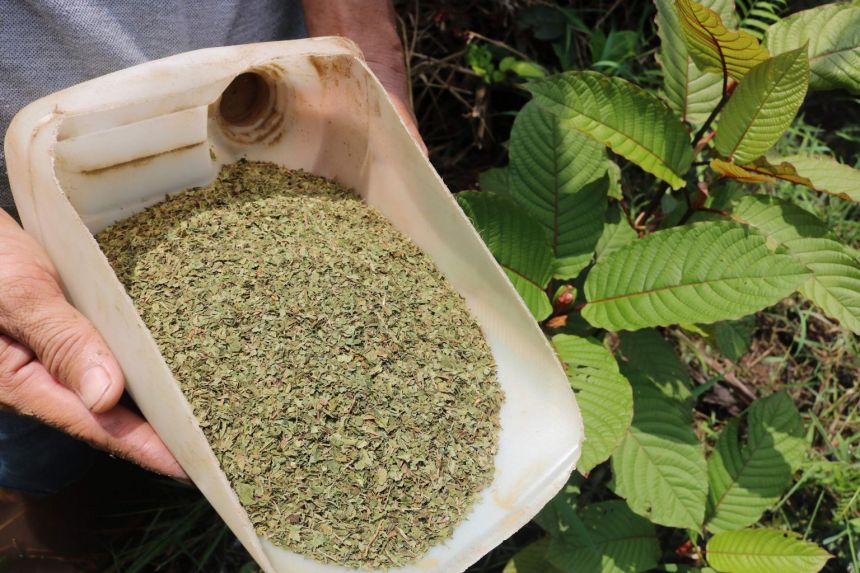Kratom, a botanical substance derived from the leaves of the Mitragyna speciosa tree native to Southeast Asia, has garnered significant attention in recent years for its potential therapeutic benefits. As researchers delve deeper into its properties, there is growing interest in exploring the therapeutic potential of kratom extracts as a modern approach to wellness. Kratom contains alkaloids such as mitragynine and 7-hydroxymitragynine, which interact with opioid receptors in the brain, leading to effects that include pain relief, mood enhancement, and relaxation. These properties have sparked interest in kratom as an alternative to traditional pharmaceuticals for managing chronic pain, anxiety, depression, and opioid withdrawal symptoms. One area of research focuses on the analgesic properties of kratom extracts. Studies have shown that kratom may offer effective pain relief without the risk of respiratory depression associated with opioid medications. This has led some individuals to use kratom as a natural alternative for managing conditions such as arthritis, fibromyalgia, and neuropathic pain. Additionally, kratom’s mood-enhancing effects have piqued the interest of researchers studying its potential as a treatment for mood disorders like depression and anxiety.

Some users report experiencing a sense of euphoria and increased sociability after consuming kratom, which could make it a valuable adjunct therapy for individuals struggling with mood imbalances. Moreover, kratom’s potential role in managing opioid withdrawal symptoms has garnered attention amid the ongoing opioid epidemic. Some individuals have turned to kratom as a means of easing withdrawal symptoms and reducing dependence on prescription opioids or illicit substances. While more research is needed to fully understand kratom’s effects on opioid withdrawal and dependence, preliminary studies suggest that it may offer some benefits in this regard. However, concerns have been raised about the addictive potential of kratom itself best red borneo kratom, highlighting the importance of further research into its safety and efficacy as a therapeutic agent.
Despite its potential benefits, kratom remains a subject of controversy and regulatory scrutiny. The U.S. Food and Drug Administration FDA has issued warnings about the risks associated with kratom consumption, including the potential for addiction, overdose, and adverse effects such as seizures and liver damage. Furthermore, kratom’s legal status varies by jurisdiction, with some states and countries imposing restrictions or outright bans on its sale and possession. In conclusion, the exploration of kratom extracts as a modern approach to wellness represents a promising area of research with potential implications for various health conditions. From its analgesic properties to its mood-enhancing effects and potential role in managing opioid withdrawal, kratom holds promise as a natural alternative to traditional pharmaceuticals. However, further research is needed to fully understand its mechanisms of action, safety profile, and therapeutic potential. As interest in kratom continues to grow, it is essential to approach its use with caution and to prioritize evidence-based practices to ensure the well-being of individuals seeking alternative solutions for their health and wellness needs.